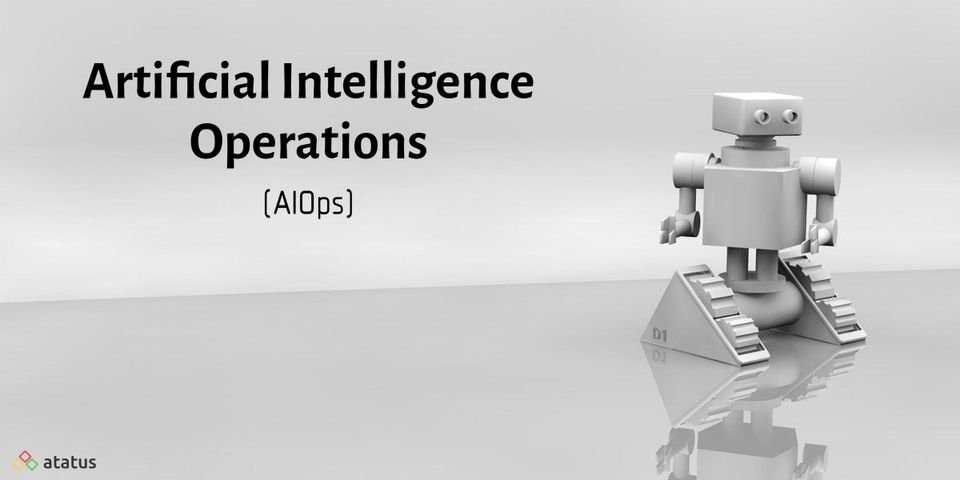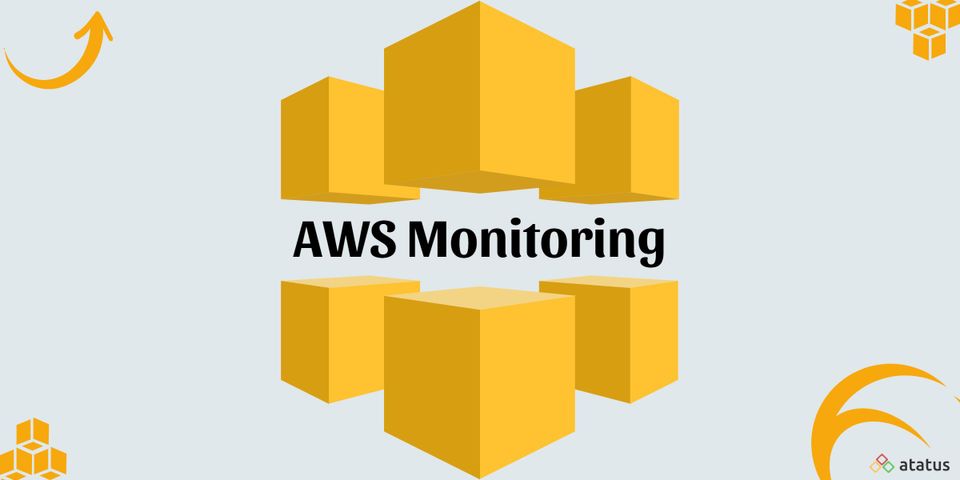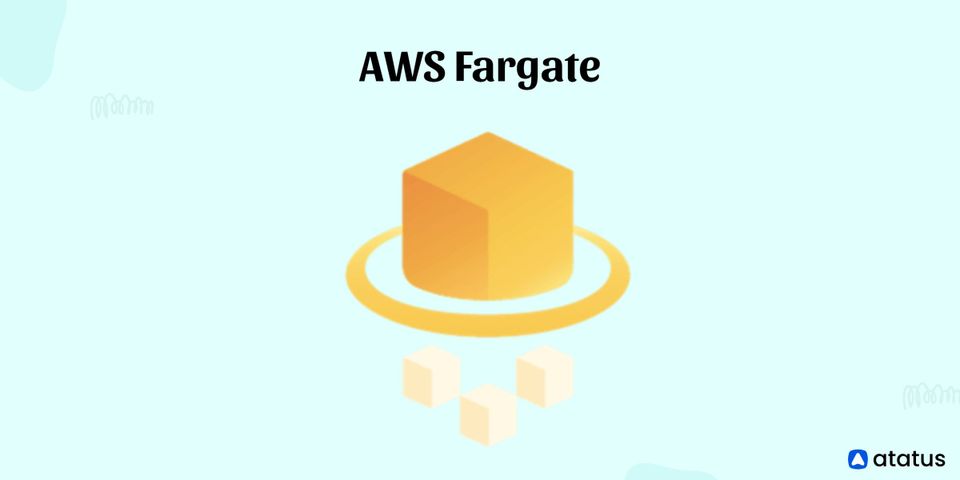The application of tried-and-true technologies and methods to ITOps is known as AIOps. Because our positions have historically required conservatism, ITOps people are often slow to adopt new technology. It is the responsibility of ITOps to ensure that the lights stay on and that the infrastructure that supports organizational applications remains stable.
We will cover the following:
- What is AIOps?
- Why AIOps is Important?
- How Does AIOps Works?
- Elements of AIOps
- Benefits of AIOps
- Future of AIOps
What is AIOps?
AIOps (Artificial intelligence for IT operations ) refers to multi-layered technological systems that automate and improve IT operations using analytics and machine learning (ML). Big data is used by AIOps systems, which collect data from a range of IT operations tools and devices in order to automatically detect and respond to issues in real-time while also giving traditional historical analytics.
Ops teams may use AIOps to control the enormous complexity and volume of data created by modern IT infrastructures, preventing outages, maintaining uptime, and achieving continuous service assurance. AIOps allows enterprises to function at the speed that modern business demands by putting IT at the centre of digital transformation efforts.
Why AIOps is Important?
AIOps gives IT operations teams artificial intelligence so they may obtain better visibility into their systems and automate various activities. Instead of relying on IT engineers to manually detect and fix an issue with an application, a platform can employ algorithms to identify and address the problem automatically.
Similarly, rather than requiring IT professionals to figure out how to best manage application performance or how many resources to allocate to it, a platform may automatically supply environments by parsing data to find the appropriate combination of resources.
How Does AIOps Works?
Reviewing the function of each AIOps component technology—big data, machine learning, and automation—in the process is the simplest approach to grasp how AIOps works.
AIOps employs a big data platform to bring together disparate IT operations data. This data contains the following categories of information:
- Performance and event statistics from the past
- Real-time operational events are being streamed.
- Logs and analytics from the system
- Data from the network, including packet data
- Data and ticketing relating to incidents
- Document-based data that is related
AIOps then uses machine learning and focused analytics to achieve the following results:
- Separate Important Event Alerts from the Background Noise
AIOps explores through your IT operations data using analytics such as rule application and pattern matching to separate significant abnormal event alerts from unnecessary events. - Determine the Root of the Issue and Propose Solutions
AIOps may correlate anomalous events with other event data across environments using industry-specific or environment-specific algorithms to pinpoint the cause of an outage or performance problem and recommend solutions. - Automate Responses, Including Proactive Resolution in Real-time
AIOps can route warnings and recommended solutions to the appropriate IT teams, or even establish reaction teams based on the nature of the problem and the remedy. It can often employ machine learning results to trigger autonomous system responses that solve problems in real-time before consumers are even aware they exist. - Continue to Learn in Order to Improve Your Problem-solving Abilities in the Future
Machine learning capabilities can update or construct new algorithms based on the findings of analytics to spot problems even earlier and offer more effective remedies. AI models can also assist the system in learning about and adapting to changes in the environment, such as newly provisioned or reconfigured infrastructure by DevOps teams.
Elements of AIOps
The technologies that makeup AIOps Platforms are listed below.
- Data Sources
They are numerous and varied. They are derived from currently segregated technologies and IT disciplines, such as events, logs, metrics, tickets, monitoring, and job data, among others. - Big Data
Include current big data tools that can process data in real-time. Elastic Stack, Hadoop 2.0, and certain Apache technologies are examples. - Rules and Patterns
The rule application and pattern recognition capabilities of the AIOps platform enforce leverage and can find context while revealing data normalities and regularities. They may or not be domain-specific. - Machine learning (ML)
Based on the output of freshly introduced data and algorithmic analysis, ML can automatically construct new or modify current algorithms. - Domain algorithms
Utilize IT domain expertise to intelligently comprehend rules and patterns and apply them in accordance with the data and intended outcomes of an organization. Organizations can employ domain algorithms to accomplish IT-specific goals like correlating unstructured data, removing noise, alerting on irregularities, determining probable causes, and establishing baselines. - Automation
Machine learning and AI results are used to automatically build and apply responses to identified issues and scenarios. - Artificial Intelligence (AI)
AI is capable of adapting to the unfamiliar and novel in a given environment.
Benefits of AIOps
AIOps solutions, when properly implemented, reduce the amount of time and attention IT staff spends on tedious, routine, or everyday alerts. AIOps platforms are taught by IT professionals and then evolve over time using machine learning and algorithms. They then recycle knowledge gained over time to improve the software's behaviour and efficacy.
- Continuous monitoring is performed by AIOps systems without the need for rest or sleep. Human resources can devote their attention to more important, complex issues and activities that improve corporate stability and performance.
- AIOps systems can collect and cluster different data sources to observe causal links across an organization's many activities, resources, and services. These machine learning and analytics skills allow the systems to undertake valuable root cause analysis, allowing them to analyse and repair challenging and unexpected issues more quickly.
- Workflow operations and collaboration between IT groups, as well as between the IT department and other business divisions, are improved by AIOps. Using customized reports and dashboards, teams can quickly grasp their requirements and tasks. They can also communicate with other groups without having to learn what the other groups require.
- AIOps eliminates noise and distractions, allowing IT staff to focus on critical issues rather than being distracted by unnecessary notifications.
- AIOps allows you to correlate data across numerous data sources, which not only eliminates silos but also gives you a holistic view of your complete IT infrastructure, including network, compute, and storage (virtual, physical, and cloud).
- It allows service providers and specialists to collaborate without friction. This reduces end-user disturbance by speeding up diagnosis, analysis, and resolution timeframes.
Future of AIOps
Understanding what drives AIOps and how it is a response helps us understand where the market is now. IT tooling must change as IT expands beyond the human scale. However, simply reacting defensively is insufficient. The difficulty that AIOps is supposed to address will be seen as a chance to develop, expand, innovate, and disrupt enterprises that embrace it.
In the next five years, AIOps-enabled firms will revolutionize their businesses in the following ways.
- Technology Evolves to become More Humane
The use of analytics and orchestration allows for frictionless interactions and pervasive self-service. - Business Processes are Becoming Automated
While freeing up human capital for higher-level success, costs are reduced, speed is increased, and errors are reduced. - Enterprise IT Operations Improves DevOps Agility
The concept of continuous delivery is used for both operations and the business. - Data becomes Valuable
A large amount of unused corporate data is used, resulting in high-value use cases and monetization possibilities.
The organizations that will flourish in the future will be those that embrace intelligent, tech-enabled processes that allow them to prosper while others falter at times of big change.
Conclusion
AIOps has already begun to drive digital transformation by improving how IT operations teams communicate with other stakeholders. Applications will become much more sophisticated in the future, necessitating greater automation and cooperation. As a result, successful IT strategies will be inextricably linked to these solutions and approaches.
Monitor Your Entire Application with Atatus
Atatus provides a set of performance measurement tools to monitor and improve the performance of your frontend, backends, logs and infrastructure applications in real-time. Our platform can capture millions of performance data points from your applications, allowing you to quickly resolve issues and ensure digital customer experiences.

Atatus can be beneficial to your business, which provides a comprehensive view of your application, including how it works, where performance bottlenecks exist, which users are most impacted, and which errors break your code for your frontend, backend, and infrastructure.





